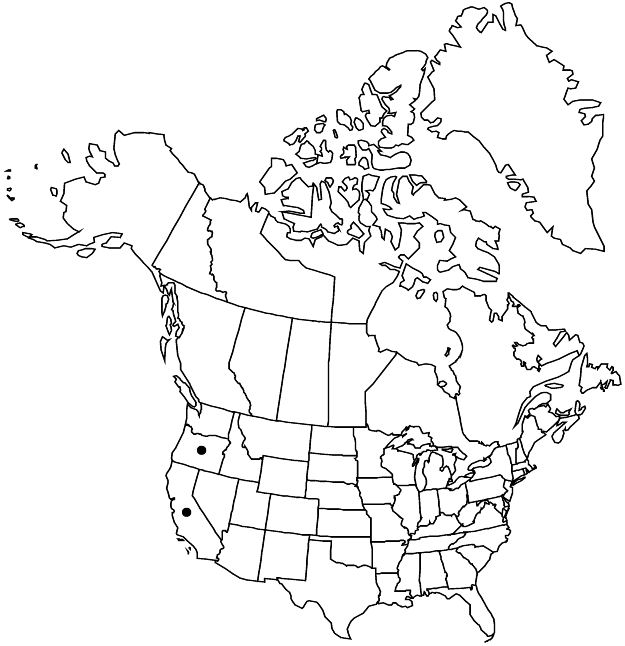Viola douglasii
Nomencl. Bot. ed. 2, 2. 771. 1841.
Plants perennial, caulescent, not stoloniferous, 3–20 cm. Stems 1–3, decumbent or ascending to erect, ca. 1/2 subterranean, glabrous or puberulent, from single, short, vertical, deep-seated caudex. Leaves basal and cauline; basal: 1–6, bipinnately compound, leaflets 3–5; stipules adnate to petiole forming 2 linearlanceolate wings, unlobed, margins entire, apex of each wing free, acute to acuminate; petiole 5–6.8 cm, glabrous or puberulent; blade ovate, 3.5–5 × 2.4–3.5 cm, base tapered, leaflets 3–5-lobed, lobes linear, narrowly elliptic, or oblong, 1–2.5 (–5) mm wide, margins entire, usually densely ciliate, apex acute to obtuse, mucronulate, surfaces glabrous or puberulent; cauline similar to basal except: stipules ovate to linearlanceolate, margins entire or toothed, apex acute; petiole 0.9–4 cm; blade 1.1–4.1 × 1–3.6 cm. Peduncles 2–12.5 cm, glabrous or puberulent. Flowers: sepals lanceolate, margins ciliate, auricles 0.5–1.5 mm; petals light golden yellow adaxially, upper 2 dark-brown to ± black abaxially, lower 3 dark brown-veined, lateral 2 bearded, lowest 8–21 mm, spur dark greenish to dark-brown, gibbous, 1.5–2 mm; style head bearded; cleistogamous flowers absent. Capsules spherical to oblong, 5–12 mm, glabrous. Seeds light-brown, 2.8–3.3 mm. 2n = 24, 48.
Phenology: Flowering Feb–Jul.
Habitat: Vernally moist grassy slopes and flats, often serpentine soil (except Oregon)
Elevation: 20–2300 m
Distribution

Calif., Oreg., Mexico (Baja California)
Discussion
Viola douglasii is tetraploid (n = 12) south of, and octoploid (n = 24) north of, San Francisco Bay, California. It forms sterile hybrids with V. quercetorum (J. Clausen 1964). V. B. Baird (1936) described V. douglasii × purpurea, which Clausen later said was actually V. quercetorum, not described at the time of Baird’s publication.
Selected References
None.
Lower Taxa
"thick" is not a number. "narrow" is not a number.
